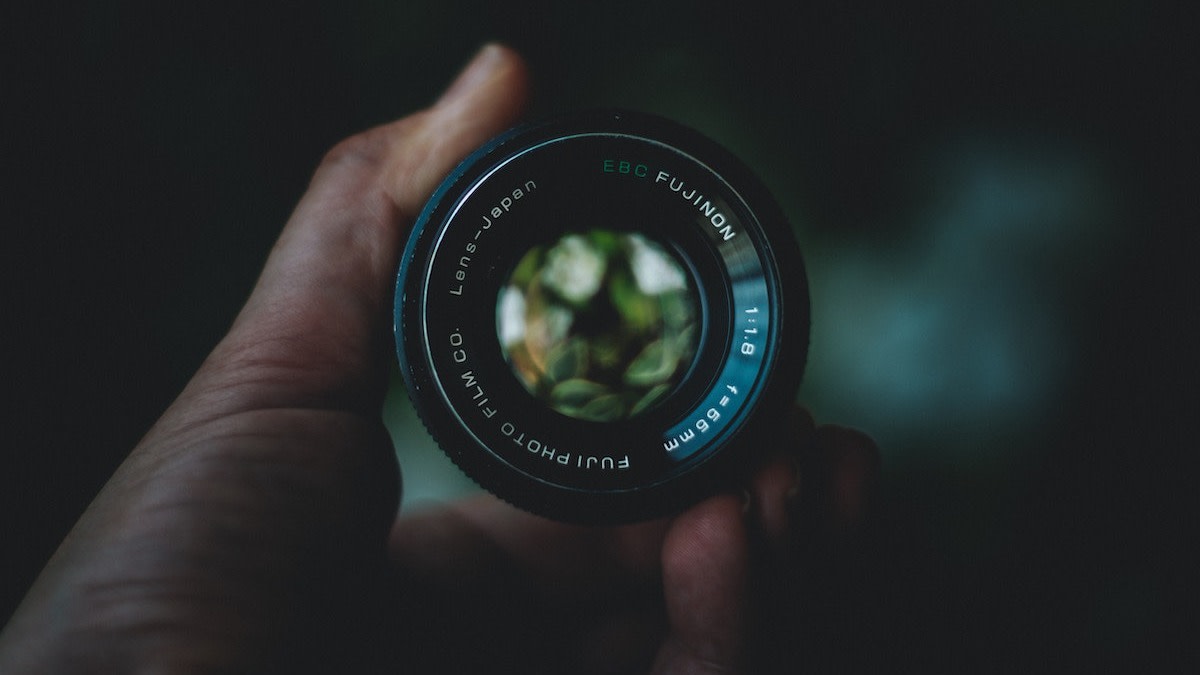Depth of Focus Vs. Depth of Field: What’s the Difference?
Written by MasterClass
Last updated: Jun 7, 2021 • 2 min read
A technical but important element of photography is depth of focus, which is easily confused with depth of field. Sometimes called “lens-to-film tolerance,” depth of focus has to do with the distance between the camera lens and the film plane or camera sensor.
Learn From the Best
What Is Depth of Focus?
In photography, depth of focus describes the relationship between the camera lens and the image plane (the film plane or camera sensor). It has to do with how the focus changes when the image plane is moved closer to or further from the lens. Sometimes photographers lengthen the distance between their lens and the image plane, most commonly by inserting gels or neutral density filters (ND filters) behind the lens. These gels and filters can affect the focus of images within an object plane. Calculating depth of focus lets a photographer or camera designer know the range within which a focal plane can be shifted without degrading the sharp focus of an image.
How to Calculate Depth of Focus
You can calculate depth of focus using two different formulas—one complex and one simple.
When considering the depth of focus of a single plane in object space, use the equation:
t = 2Nc(v/f)
In this equation, t equals the total depth of focus, N equals the lens f-number, c is the circle of confusion, v equals the image distance, and f represents the lens focal length.
In most cases, when an image contains minimal magnification, the depth of focus equation can be approximated as:
t = 2Nc
Is It Important to Understand Depth of Focus?
Most hobbyist photographers do not need to think about depth of focus. Depth of focus calculations primarily apply when considering whether to place filters or gels between the camera lens and the image sensor. This used to be a real consideration for SLR photographers, particularly when shooting on small-format cameras that had a small circle of confusion.
Today’s DSLR cameras, however, handle most filtering automatically. Consumer-grade detachable lenses may come with filters pre-installed, but users don’t need to calculate depth of focus in order to use them. This means the vast majority of photographers will never be called upon to calculate their camera's depth of focus before taking a particular shot.
Depth of Focus vs. Depth of Field: What’s the Difference?
Novice photographers may confuse depth of focus with depth of field, but the terms are not interchangeable. Depth of focus refers to the range behind the lens within which the image sensor can capture an image that is in focus. Depth of field is the range of “acceptable sharpness” in front of the camera within which objects appear in focus to the human eye; objects closer to the camera or beyond the far end of that range will appear blurry and out of focus. A shallow depth of field describes a narrow range in which objects appear in focus, whereas a deep depth of field describes a long range in which objects appear in focus.
Want to Learn More About Photography?
Become a better photographer with the MasterClass Annual Membership. Gain access to exclusive video lessons taught by photography masters, including Jimmy Chin, Annie Leibovitz, and more.
